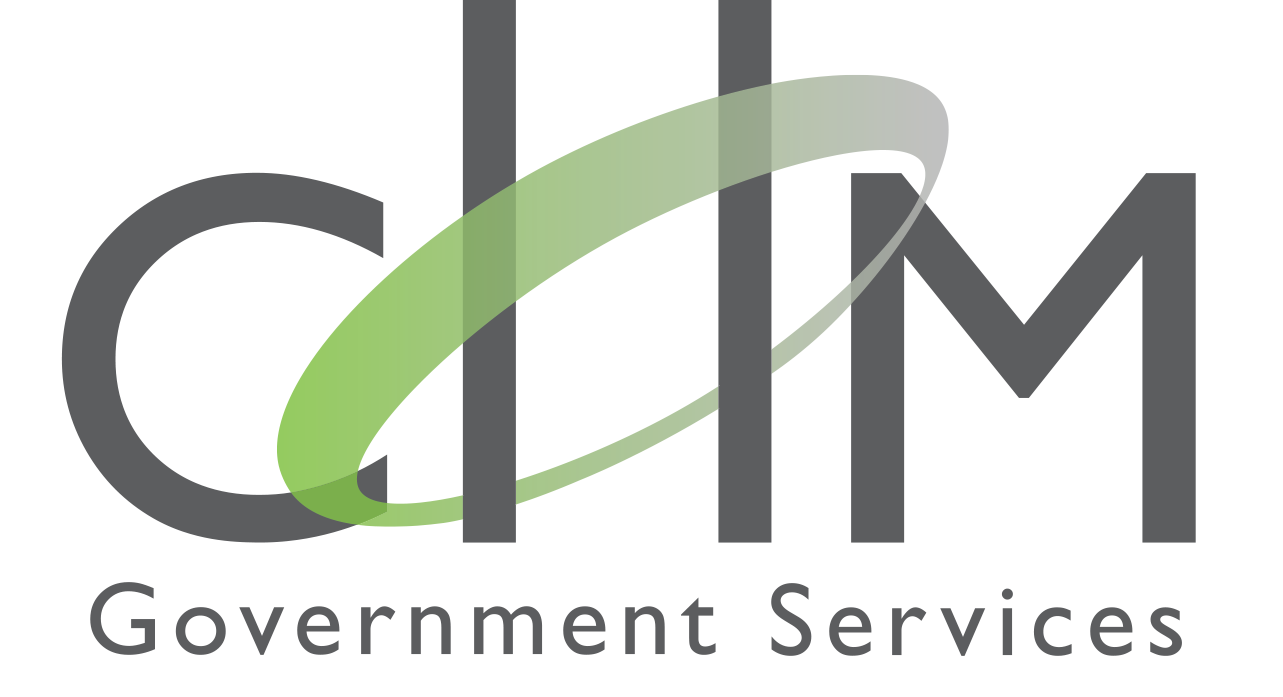Wednesday Wisdom: Gateway Communities and COVID-19
Providing ideas and insight that can inform agency and partner strategies for improvement of park, recreation and hospitality operations and assets
Main Street Telluride, CO Photo Credit: @lilsoc523
Gateway Communities - Networking for Success During a Pandemic
CHM Government Services is working with Dr. Jordon Smith, the Director of the Utah State University’s Institute of Outdoor Recreation and Tourism. As part of our work with USU, we are learning from their shared insights from their Gateway & Natural Amenity Region (GNAR) Initiative. GNAR is focused on providing forums for, “representatives of gateway communities so that they can meet, share ideas, and identify immediate and high-priority needs.” The GNAR network has a wide variety of resources in its Toolkit and most recently has stood up a COVID-19-specific page. CHMGS has reviewed and summarized some of the key community issues that are evolving from the impacts of COVID-19.
1. Public Health:
Limited capacity of public health systems including bed capacity, ICUs, and ambulance service has resulted in a keen need to coordinate and manage public health issues.
Management of public health requires coordination between public land agencies surrounding the communities and the respective public health officials at the county, state, and federal levels.
2. Economic
Locations that are typically visited by International travelers are seeing changes (e.g., decreases) in average visitor spend.
Tourism taxes tied to lodging or restaurant sales have declined in most communities (e.g., fewer overnight guests, limited restaurant dining) resulting in impacts on public budgets.
In some communities, housing availability and pricing is changing due to remote workers migrating from urban areas to gateway communities.
3. Employment
Availability of foreign seasonal workers has diminished.
Access to domestic seasonal workers is impacted due in part to limited housing availability and increasing costs.
Some communities seeing are seeing movement of remote workers to gateway destinations.
4. Collaboration
Gateway communities that had strong prior working relationship with public land leaders have found great success in coordinating responses and dealing with closures and re-openings.
5. Visitor Management
In general, old public land visitation issues have been magnified (e.g., traffic, parking, increases in visitation).
Public lands are seeing new types of visitors, many of whom have not previously been exposed to public land stewardship ethics. As a result there has been an increased need for visitor education.
Several national parks have been able to successfully implement timed visitor management tools (e.g., Rocky Mountain, Yosemite, Denali) during this period. This relatively new strategy has illustrated that leveraging technology is a tool that can be helpful for visitor management.
Sharing ideas and challenges is critical during this time. Join and leverage this network and find yourself a new group of colleagues for collaboration!
Subscribe to our blog below!













